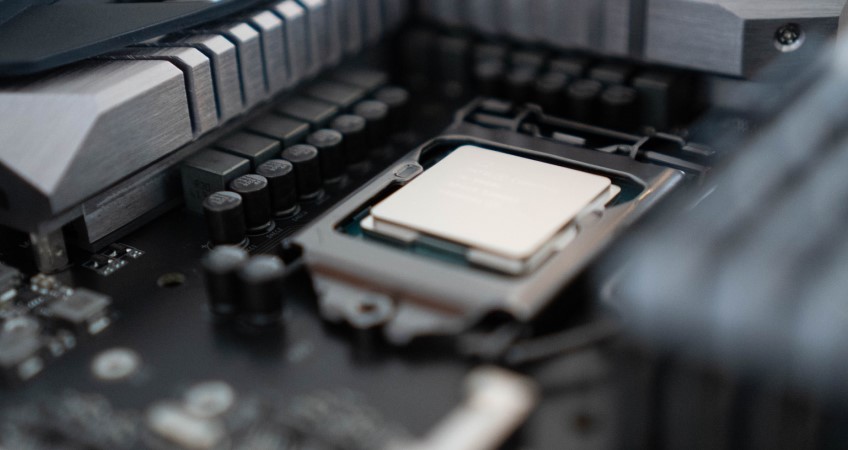
The shortage of semiconductors and the pandemic disrupted chip production in 2021. However, the top 10 OEMs invested 25.2 percent more in chips. As a result, they accounted for 42.1 percent of the total market.
This is according to preliminary figures from Gartner. “Semiconductor sellers shipped more chips in 2021, but demand from OEMs far outstripped suppliers’ production capacity,” said Masatsune Yamaji, research director at Gartner.
The shortage of semiconductors prevented OEMs from increasing production. This included cars and various types of electronic equipment, including smartphones and video game consoles. However, due to the chip shortage, sales prices have risen significantly. As a result, OEMs spent significantly more on purchasing semiconductors in 2021 than in previous years.
Apple and Samsung Electronics have held the top two positions in the buyer’s market since 2011. However, the parties have changed positions over the years. Huawei struggled to buy chips and dropped from third to seventh place in 2021.
Other Chinese smartphone OEMs such as BBK Electronics and Xiaomi significantly increased their investments in semiconductors. These parties wanted to capitalize on Huawei’s loss in the smartphone market in 2021.
Apple remained at the top of the semiconductor spending rankings in 2021. The US company increased its spending on memory chips by 36.8 percent and on non-memory chips by 20.2 percent in 2021. However, it reduced its investments in computer microprocessing units (MPUs). ) due to the shift to its own in-house designed application processors.
Samsung Electronics spent 24.1 percent more on memory chips and 23.9 percent more on non-memory chips in 2021. The increase in memory spending was a result of an increase in the price of memory and of Samsung’s growth in its target electronic equipment markets. This mainly concerns the smartphone and solid-state drive (SSD) market.







